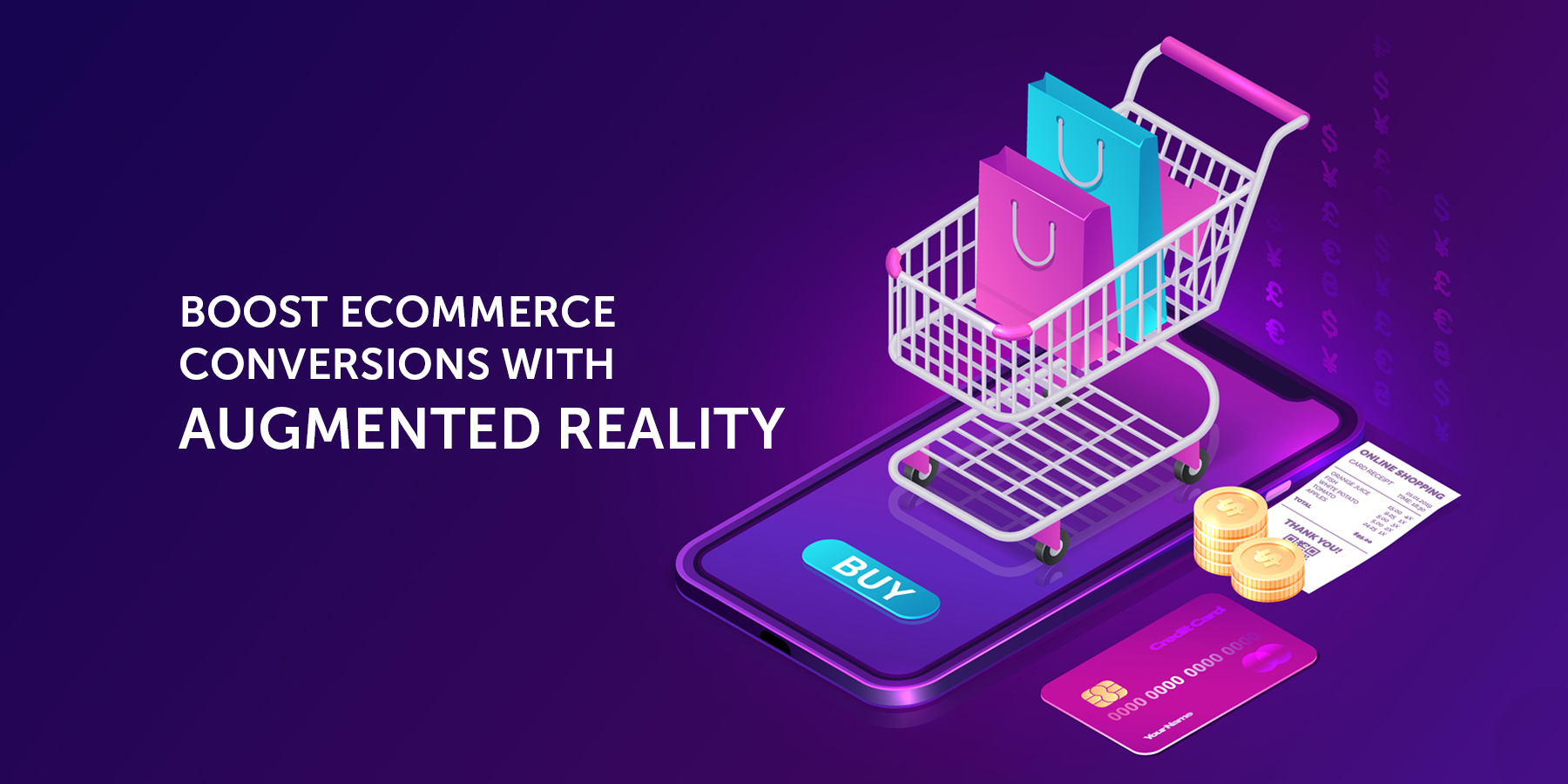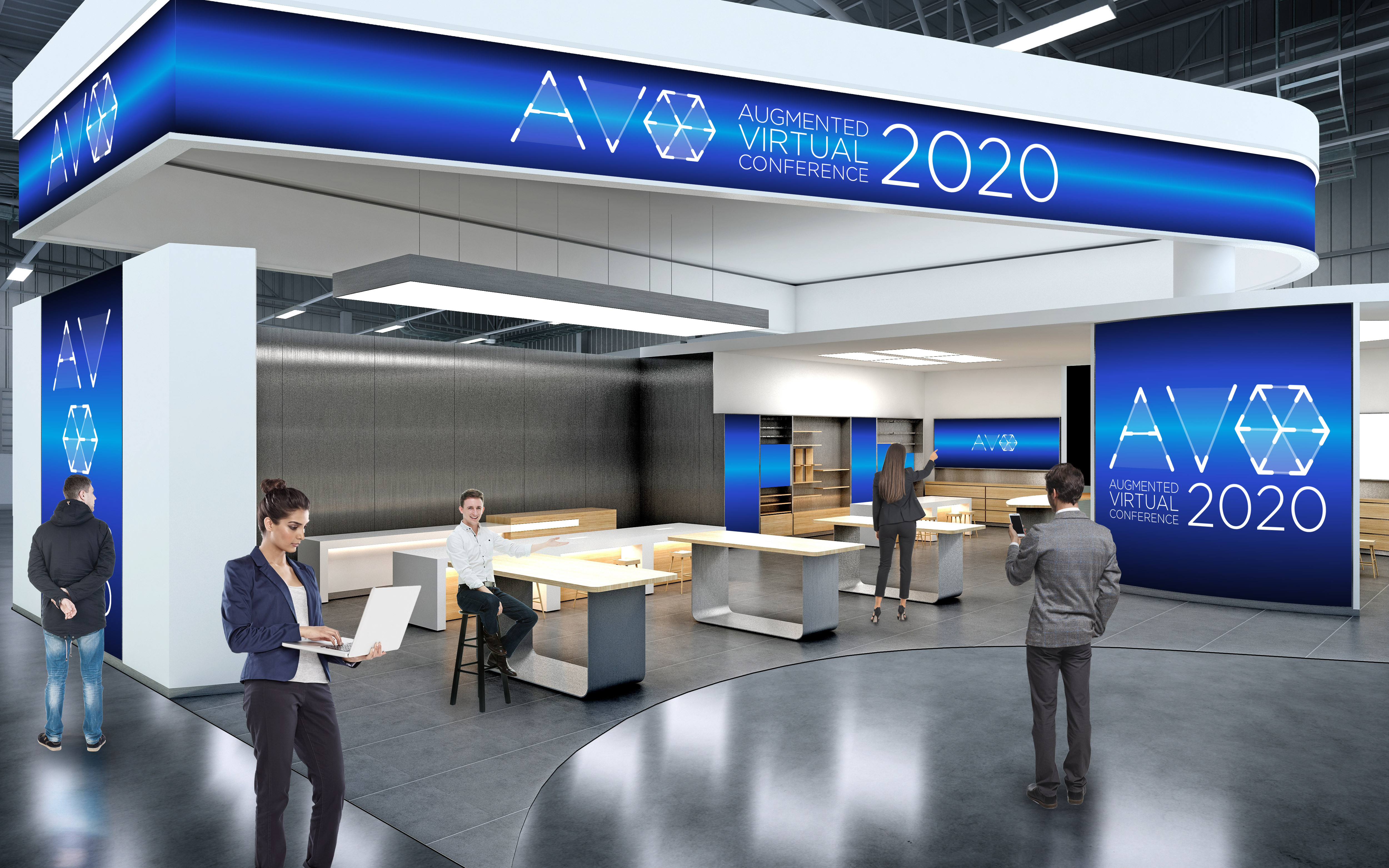Modern companies have more options for improving their bottom line than at any other time in history.
Just the number that have debuted in the past 20 years is staggering.
That trend doesn’t show any signs of reversing, either.
With the introduction of augmented reality (AR), companies aren’t getting just another conversion tool. Instead, AR represents the potential for completely brand-new ways to engage prospects and turn them into customers.
6 Ways Augmented Reality Increases Conversion Rates
Deloitte identified that almost 90 percent of companies with annual revenues of $100 million to $1 billion are now leveraging AR or VR technology. For smaller firms, a poll conducted by Purch revealed that 10 percent of marketers utilize AR, and 72 percent are planning to in the coming year.
There are countless ways your company could utilize AR to start increasing sales, even setting new conversion records.
This might seem like a tall claim, but once you understand the six main reasons augmented reality converts customers, you should have no problem imagining how it could do so for your unique business.
1. Using Novelty to Drive Traffic
Without a doubt, one of the biggest reasons fueling the success of augmented reality is simply that it’s a novelty. For the time being, most people have never experienced AR and the the people who have, especially millennials, seem to really enjoy it.
In other words, AR is enough – in and of itself – to draw traffic to your site or attention to your brands.
Foot Locker's AR scavenger hunt and mobile pop-up shops are part of the retailer's strategy to engage mobile customers, especially younger shoppers who are more comfortable using their smartphones to discover products and make purchases.
The mobile-first strategy comes as Foot Locker, like other retailers, has scaled back its presence in shopping malls amid a shift toward online shopping.
Nike and Foot Locker aren't the only big brands running towards AR. Unilever, Universal Pictures and Verizon ran similar AR treasure hunts to promote their products in recent years.
2. Slowing Down That In Store Traffic
For retail companies with physical presences, the Holy Grail of KPIs (second only to actual conversions) is dwelltime. The longer people spend in a store, the more they tend to spend at a store. Augmented reality is perfect for this KPI. By its very nature, it forces shoppers to stop what they’re doing in order to engage with it.
There are several ways to increase dwell time, but the easiest seems to be simply slowing down shoppers. Provided you’re not inconveniencing them, decelerating customers’ journeys throughout your location will inevitably lead to more conversions.
Augmented reality is perfect for this KPI. By its very nature, it forces shoppers to stop what they’re doing in order to engage with it. Unless you think an AR display will chase people away, using this technology to increase your store’s dwell time is a no-brainer.
3. Providing Critical Information That Employees Can’t
58%of consumers use their smartphones while inside of stores to research the products right in front of them.
If you’re not among them, this might come as a bit of a surprise. Why don’t these consumers just interact with the products while they’re in the store? Why don’t they simply ask employees if they have any questions and get their answers right away?
The main reason is because employees can’t answer one of the most important questions customers have: “What did other customers think after purchasing this product?”
At least, their answers can’t possibly compare to those provided by online reviews.
While many retailers may see online reviews as a threat, AmericanApparel created an AR app to make them much more accessible. Their app allows consumers to scan products and immediately see how many are in stock, what colors they come in, and reviews from other customers.
The result? Shoppers find it much easier to make purchasing decisions with the help of AR.
4. Leveraging the Power of Social Media
"Differentiating your brand among thousands of competitors is never easy. NexTech AR delivered exactly what we needed to tell our story and get party and conference attendees to not only engage with our brand but talk about us to others." Pranav Sood, CEO Trellis
Our clients at Trellis are among the early adopters of augmented reality. They were also one of the first companies cannabis companies to realize what a powerful combination AR and social media was. During MJ Biz Con we partnered with Trellis, so executives could be exposed to their social promotional video via AR.
From an outcome perspective, building experiences that translate into shareable moments is exactly what Trellis wanted. Conference attendees would see the Tesla on the showroom floor, stop at the booth, talk to Trellis employees and engage with the brand. Not surprisingly, many of the executives shared this content with’ friends and colleagues via social media.
5. Allowing Users to Try Before They Buy
Similarly, augmented reality allows customers to “try before they buy.”
This doesn’t just apply to clothes, either. On VacuumCleanerMarket.com Shoppers could use our AR eCommerce tool to see what their home would look like with various items from the websites inventory.
Magnolia Market and other furniture companies have been quick to follow suit. When you consider the size of the purchase – both literally and in terms of cost – it makes sense that shoppers are more likely to buy only after they get to see what the pieces will look like in their homes.
6. Creating Instore Environments Through AR
What if you could bring your entire store right to your customer?
Not just making your entire inventory available through your webstore, but you could actually give customers the entire experience ofvisiting your physical stores?
Yihaodian, a Chinese grocery store, accomplished this by creating virtual stores, accessible across 1,000 different ARlocations. Customers could shop in AR, make their purchases, and then receive their groceries via delivery.
More “locations” led to more sales.
Augmented Reality Will Soon Be the Only Way to Convert
That might be a bit of an exaggeration.
However, it is probably fair to say that companies that ignore the potential of augmented reality do so at their own risk.
Imagine two companies selling similar products. One has a website and physical stores. The other has a website, physical stores, and AR technology capable of one or more of the benefits listed above.
Which company do you think is going to be more successful?
How long do you think it will be before that company puts the other out of business?
Today’s advantage is tomorrow’s insurmountable competitive edge.
Want to start wielding it before any of your competitors do?
At NexTech AR Solutions Corp., we’ve pioneered a fast and affordable process that makes augmented reality an option for every company.
Contact us today and let’s talk about how our technology can drive more conversions for your business.







